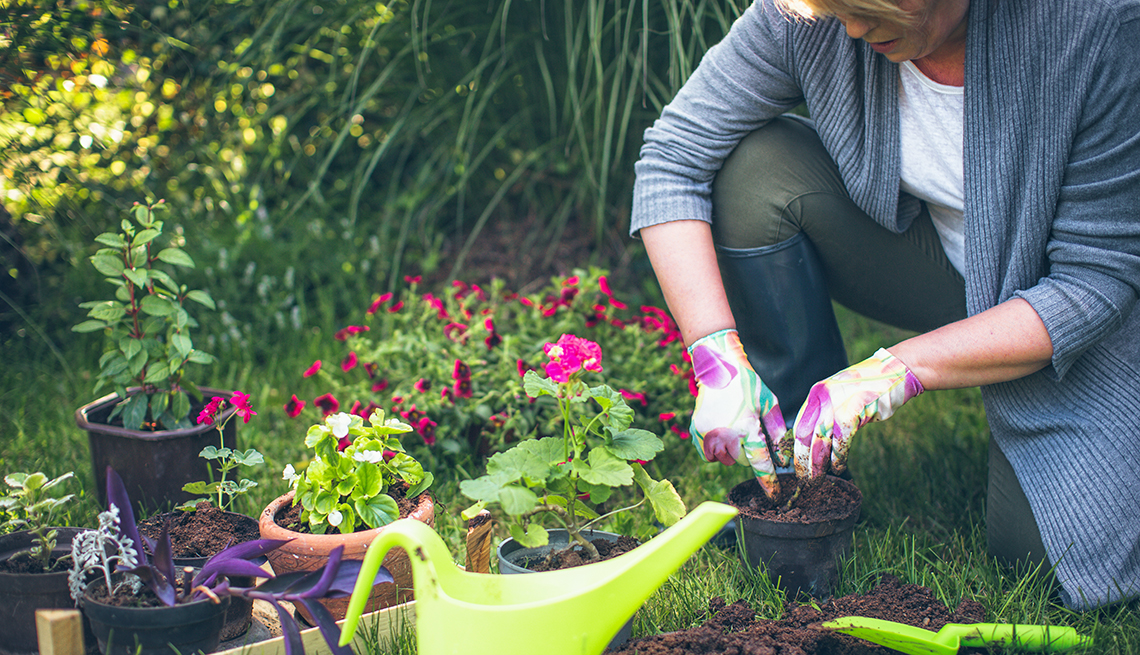There is a bit of excitement attached to putting a tiny seed in the earth, nurturing it, and watching it sprout and blossom into something beautiful, either as a flower or something edible. It is the magic of life! This and many other reasons such as creating lasting memories, showing your creativity, for aesthetic purposes, keeping yourself busy, for healthy and nutritional benefits, and others are why people engage in gardening. Let’s see five tips for gardening better.
However, the ultimate garden dream is more complicated, especially when there are weeds in the garden, the lawn is dead or sparse, and the leaves are sparse and pale.?
If the gardening journey has been difficult, here are tips to make it better. Following the five practical tips for gardening below allows you to avoid some common gardening pitfalls that some gardeners have experienced or are experiencing.?
-
Table of Contents
Follow the USDA hardiness zone maps
The USDA hardiness zone helps the gardener to plan planting times. It is a zone map that can help you zero in on the perennials, trees, and shrubs that can tolerate your region’s climate. Different plants can survive different environments meaning a hardier plant will thrive in colder temperatures or during winter. If you haven’t been using the USDA hardiness zone map, it is a wonderful tip that takes care of temperature and its effect on how well your plants will survive.
It is as simple as knowing to plant vegetables such as tomatoes, cucumbers, and peppers during summer and planting the Coneflower, Wintergreen Boxwood, etc. You can research what grows well in your area online, or you can head to your local nursery.
-
Keep the soil consistent and use weed control
The soil is the bedrock of a successful garden. Good soil provides the plant with all the nutrients it needs. The soil type the transplant started in will need to be consistent with the soil to be planted into. A good example is that a plant transplant grown in synthetically fertilized soil should be planted in soil that will have synthetic fertilizer applied.
Weed control should be done as early as possible, even though it is a hated task. It is usually hand weeding, hoeing, or tilling. Herbicides are only used when other methods have failed. While hoeing, avoid digging in too deep to avoid bringing weed seeds to the top. Turning or raking during the cultivating season can expose the soil and lead to the death of healthy microorganisms.
-
Apply thoroughly composted manure
The different materials of the manure will decompose at different rates. Hence the manure should be left longer for a time frame of at least 6 months. Fresh manure can burn the plant roots and also be a contributing factor for parasites.
-
Follow the three-second gardening watering rule
The rule is as simple as counting to three-second when water pools on top of your plant for that period. This time is enough for the root to be drenched. The three-second gardening rule helps control over-watering, which results in problems such as shallow root systems as the root will be swamped, leaching of nutrients from the soil, and increasing the risk of other disease-causing organisms. Understanding the precipitation rate of your sprinklers can also help avoid overwatering.
While following this rule, how the water is also sprayed matters, watering the soil, not the leaves, can be a potential cause of disease.
-
Arrange plants in varying degrees to sunlight.
Some vegetables need full access to sunlight while others don’t. Poor tree selection and placement is one of the major problems of most gardeners. Cool-season crops that might require shade are lettuce, spinach, cabbage, and radishes. Other vegetables need lots of sunlight.
For flowers, not all hydrangea grow in the shade, and other ornamental alliums favor the shade.
For more gardening tips check out Partners in Home
